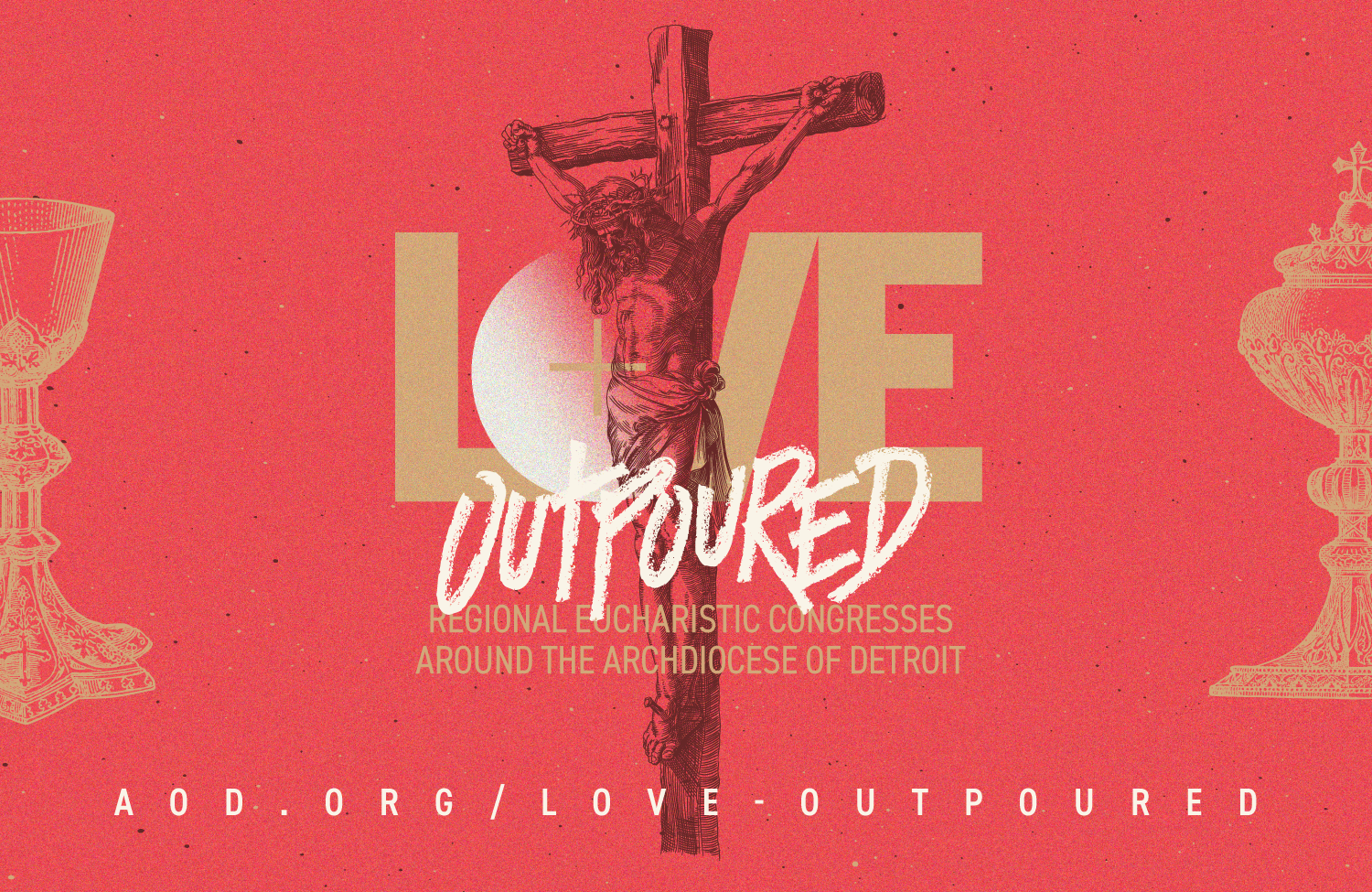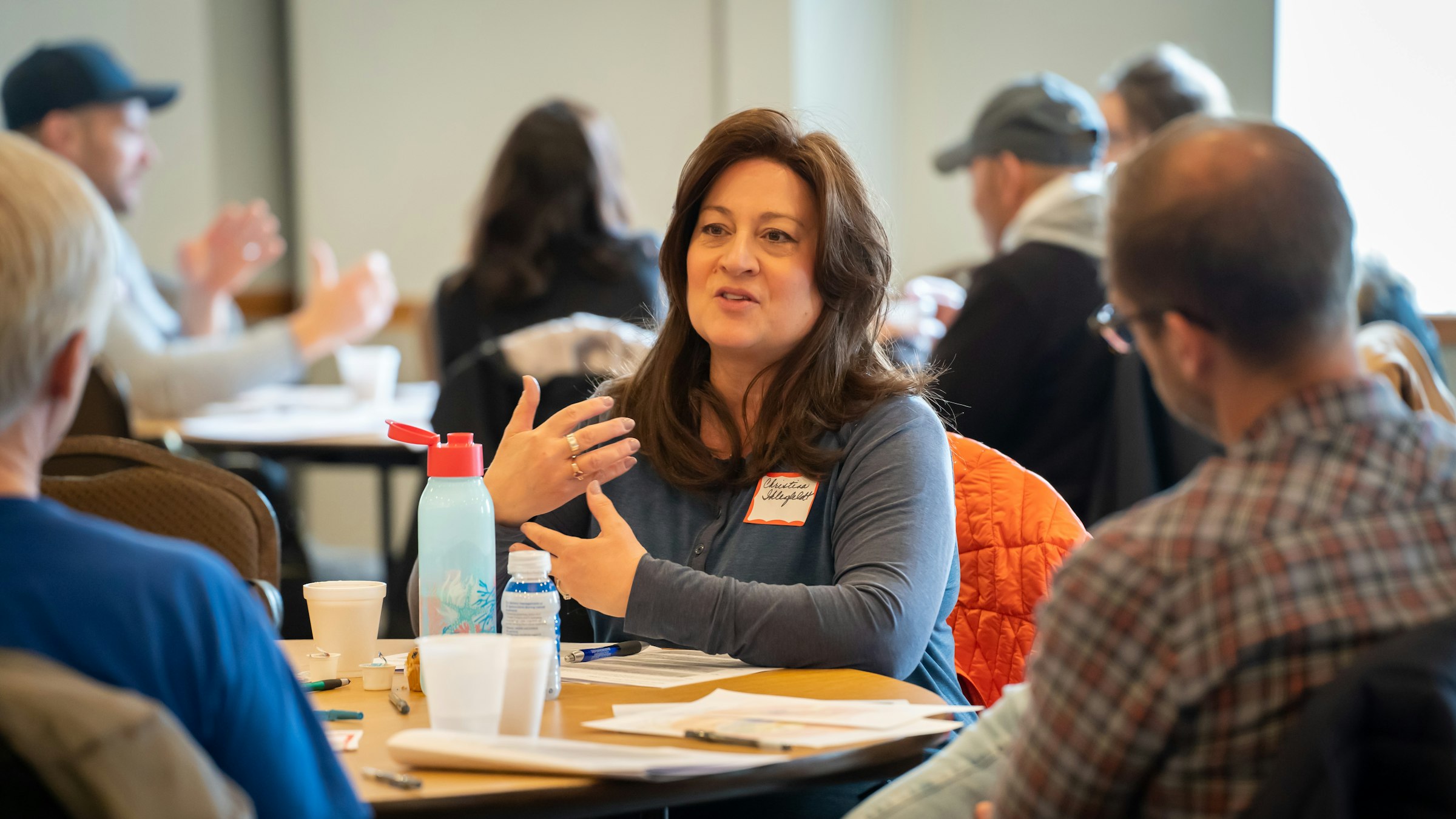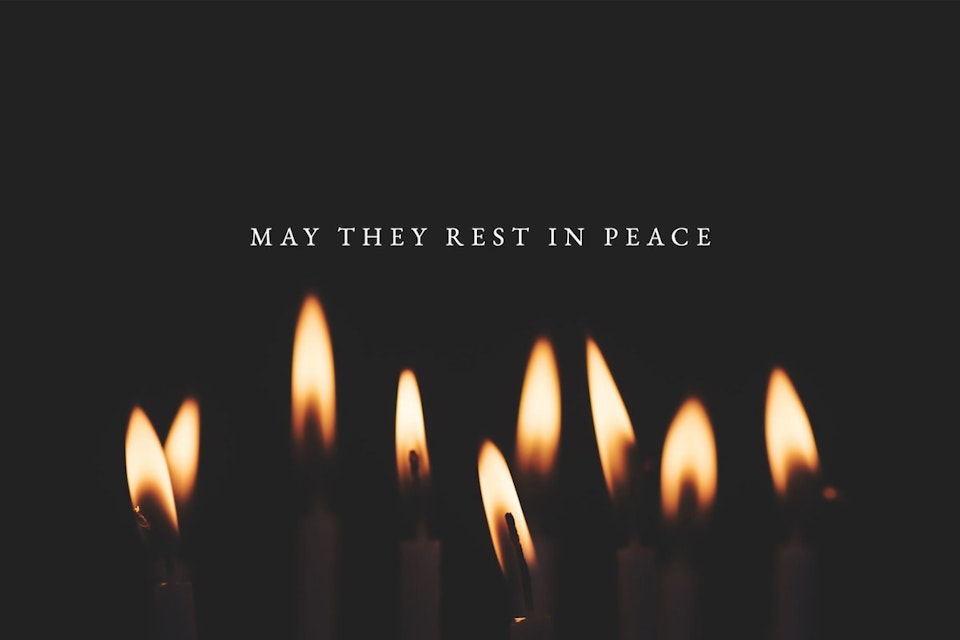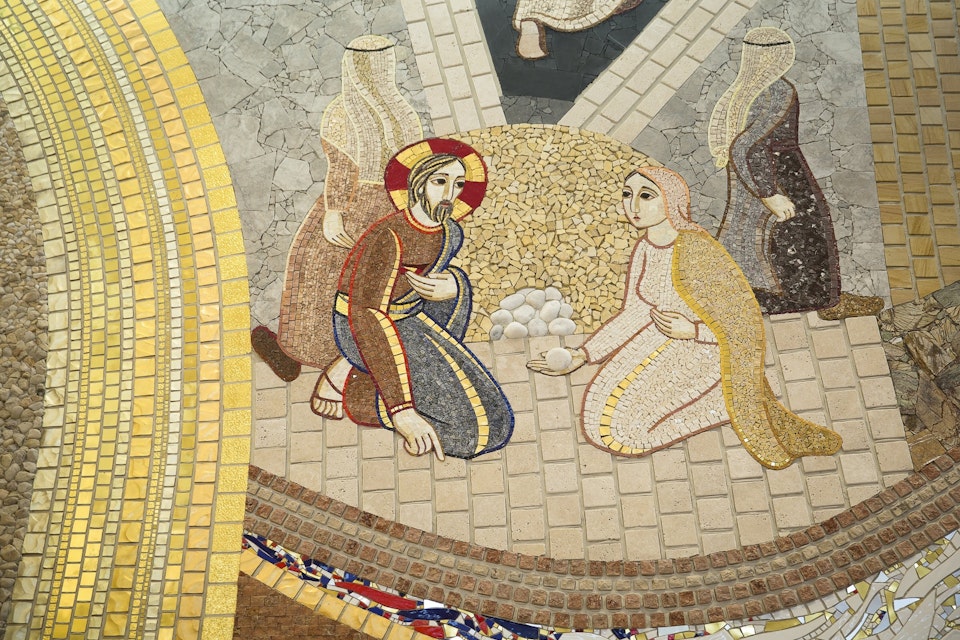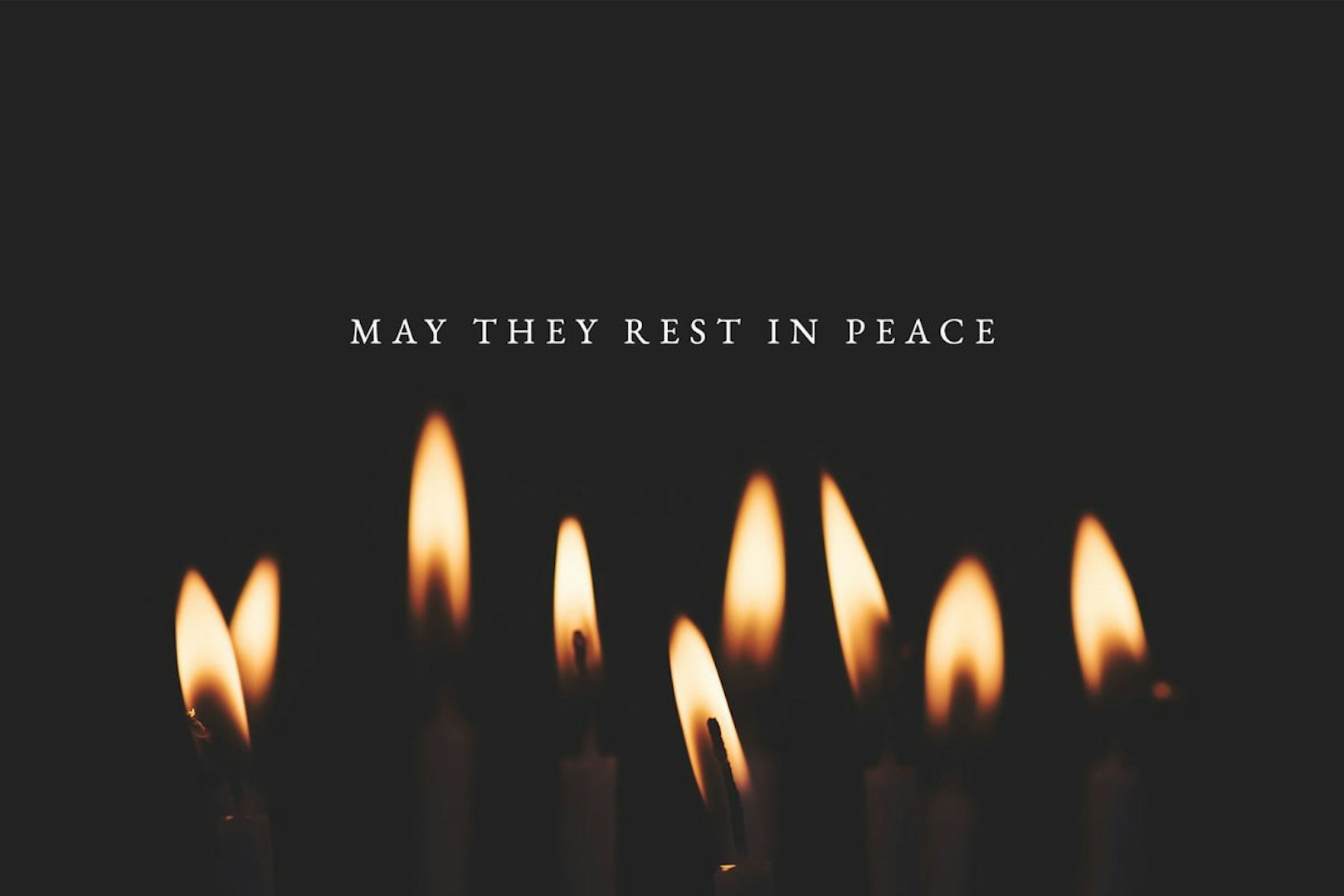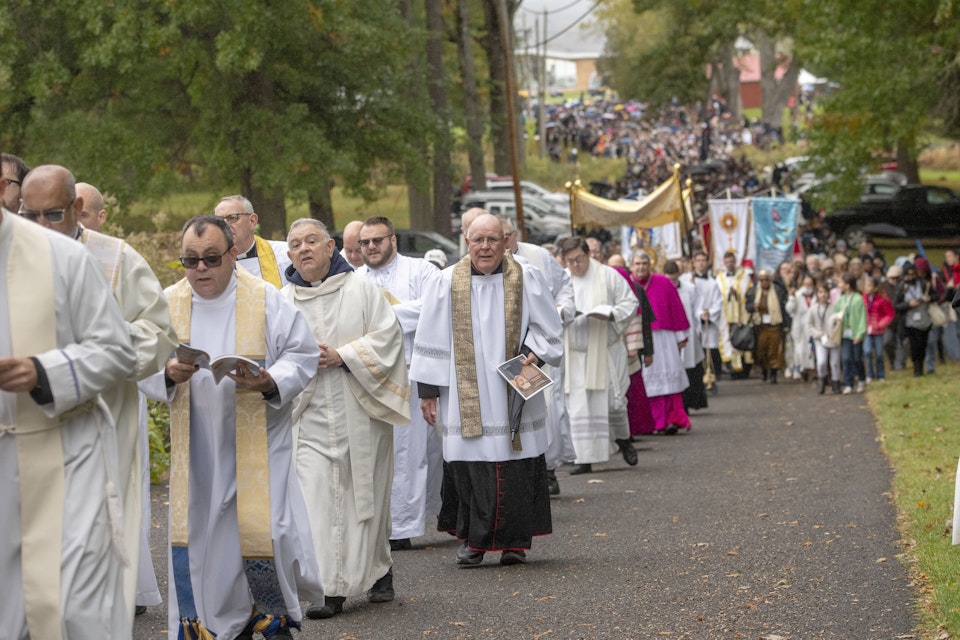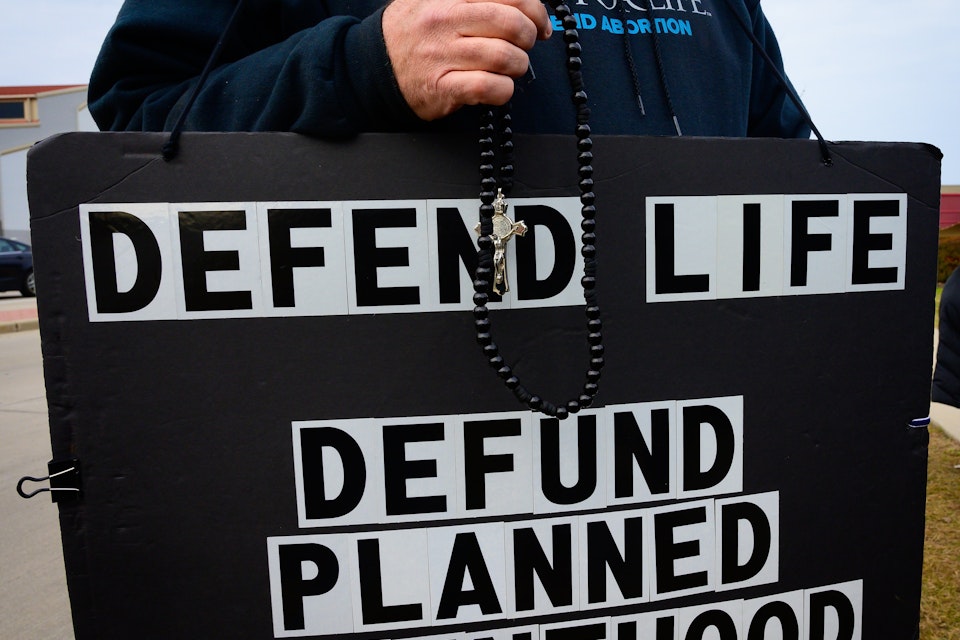In light of the 20th anniversary of the U.S. Conference of Catholic Bishops' "Charter for the Protection of Children and Young People," which outlined reforms to the U.S. Church's response to the sexual abuse crisis, Detroit Catholic is updating and republishing this article originally published in 2019. This article is the second in a three-part series about how the Archdiocese of Detroit responds to, works to prevent and seeks to help victims of sexual abuse. All materials related to the Archdiocese’s report on the 20th Anniversary of the Dallas Charter are available at www.aod.org/dallascharter.
Part 1: Independent review, lifelong monitoring of priests part of Archdiocese of Detroit's response to abuse
Part 3: For archdiocese's victim assistance coordinator, helping survivors is a ministry of compassion
DETROIT — When it comes to sexual misconduct and abuse by clergy or church personnel, even one case is too many. That’s why, in addition to implementing robust policies and procedures designed to respond swiftly to allegations of abuse, and training individuals dedicated to assisting victims, the Archdiocese of Detroit invests heavily in educational programs and criminal background checks to stop abuse before it begins.
For retired Michigan Court of Appeals Judge Michael Talbot, chairman of the archdiocesan Review Board, and Msgr. G. Michael Bugarin, Archbishop Allen H. Vigneron’s delegate for matters of clergy and church personnel misconduct, such programs prove a reverse of the old adage: In this case, the best offense is a good defense.
Under the Dallas Charter for the Protection of Children and Young People, adopted in 2002 by the U.S. bishops in the wake of the sexual abuse crisis, nearly every diocese in the country employs safe environment programs to shine light on circumstances where sexual abuse might occur, teaching children to identify dangerous situations, and training adults to spot warning signs and to report potential misconduct whenever they see it.
Safe environment training
In the Archdiocese of Detroit, more than 118,000 adults have been trained through a national program, VIRTUS’ Protecting God’s Children, created by the National Catholic Risk Retention Group. The training is mandatory for all clergy, employees and other paid persons, as well as volunteers whose duties involve contact with minors.
Adults aren’t the only ones required to go through safe environment training. Each year, more than 65,600 children in Catholic schools and religious education programs are taught how to identify and report potential warning signs of abuse through various age-appropriate programs.
Sharon Gorman, the Archdiocese of Detroit’s safe environment coordinator since 2009, said that in younger grades, students learn how to identify what types of secrets are safe and unsafe; how to avoid dangers on the internet; and about proper relationships with adults and peers. In older grades, students learn how to recognize boundary violations and to spot “grooming” behaviors. Pope St. John Paul II’s “Theology of the Body” and a proper understanding of love are also presented to students.
“Early in the program, children learn that they are created in the image of God and that their body is sacred,” Gorman said.
Children and youth are taught to identify and maintain appropriate boundaries; recognize when boundary violations are about to occur; and how to take action when boundaries are threatened or violated.
In the past, abuse prevention programs focused primarily on teaching children to “run away from strangers,” Gorman said, “but in fact, 89 percent of abused children are victimized by someone they know.”
Protecting God’s Children responds to that reality by recognizing the need for adults to be vigilant and aware of a child’s surroundings, and to act when warning signs are present.
“Historically, it was a topic that wasn’t discussed, and that had an impact on those who were abused,” Gorman said. “They didn’t speak up, or when they did, they weren’t believed by adults. With the training programs in place for adults to recognize that behavior, it helps everyone to understand that children don’t lie about abuse. It opens up the door to the conversation, so someone doesn’t have to suffer in silence.”
The program has been effective since it began in the Archdiocese of Detroit in 2002, said Msgr. Bugarin. And while criminal background checks are intended to prevent identified abusers from entering church ministry – a total of 413,461 checks have been conducted by the Archdiocese since 2002 – safe environment programs target the entire community, creating an army of individuals with the ability to spot dangerous or suspicious situations and to respond quickly and correctly.
“It’s a very difficult program to go through, but it’s very insightful, and it does teach you a lot,” Msgr. Bugarin said. “It teaches people to look out for the signs of abuse, how to help, who to contact, what civil authorities to contact, and how to make a report if you are a mandated reporter. It’s a three-hour session, and if people think they’re going there to just watch a simple presentation, it’s much more than that.”
More than 6,000 adults are trained each year in the archdiocese, about 60 percent of whom are volunteers. Since May 2003, the Detroit archdiocese has held 2,165 workshops for 118,497 clergy, staff and volunteers. The ongoing sessions are conducted at parishes throughout the archdiocese and are listed on the archdiocesan website.
While it is impossible to quantify how many potential abuse cases these programs have prevented, it is often clear when the training has stopped an inappropriate situation in its tracks, Msgr. Bugarin said.
“There are many times when we as a Review Board will realize a particular case clearly shows that Protecting God’s Children worked, because someone spoke up,” Msgr. Bugarin said. “Someone went to the proper authority. Someone was wise enough to help a young kid realize that what’s happening isn’t right. People always walk out of these programs with a whole new level of insight and a whole new level of attentiveness to abuse and the abuse crisis.”
Protecting God’s Children workshops continued during the COVID-19 pandemic.
“We put in place alternative training methods,” said Gorman. “For the first time, we offered online training, and we also hosted some virtual sessions. Since August of 2021, we have resumed in-person training and hope to use online modules [going forward] for refresher training.”
Mandated reporters
The safe environment trainings also identify and explain mandated reporters, people who, by nature of their position, are required by law to report suspected abuse.
“There’s a long list of people who are required to report, and the list has expanded over the years, and rightfully so,” Judge Talbot said. “It’s clergy, teachers, principals, social workers, volunteers – people who have contact with young people who might learn something [about an allegation].”
The purpose of mandated reporting is to take the decision of whether to report suspected abuse or neglect out of the hands of the individual, removing any hesitation they may feel, Judge Talbot said.
“It takes the burden off, in some respects, because they don’t have any option for discretion. It’s mandatory to report, or they commit a crime,” Judge Talbot said. “It’s a criminal offense and it’s punishable [if they do not report suspected abuse].
“We’ve seen situations where, let’s say, a principal is acting inappropriately,” Talbot continued. “It tells you that the system is working when a young person reports to a counselor what happened and the counselor picks up the phone, not only to report it to the archdiocese, but also to report it to social services, which the counselor is obligated to do. That tells us the system is working and that it protects young people. That’s our highest priority.”
Nancy Diehl, a former Wayne County Prosecutor and Chief of the Trial Division, serves on the archdiocesan Review Board.
“A new law was just signed that will go into effect in June,” said Diehl, who also founded the first child abuse unit in the state of Michigan designed to prosecute adults who commit felony abuse.
“It expanded those who are mandated reporters to include athletic trainers, physical therapists, physical therapy assistants, and occupational therapists,” Diehl said. “In good measure this came out of the (Larry) Nassar scandal. I say to folks, ‘Who wants to be charged with a crime? If you don’t report abuse, and harm comes to that child, you can be held civilly responsible as a mandated reporter.’”
In addition to mandatory training, reporting, codes of conduct and criminal background checks at the archdiocesan level and at Sacred Heart Major Seminary, each parish and school has a designated safe environment coordinator who is responsible for ensuring background checks are done and all volunteers and staff have been trained.
“This data is then reported to the archdiocese as part of our annual audit process,” Msgr. Bugarin said.
It is the responsibility of the parish and school to conduct the background checks of employees and volunteers, said Gorman.
“We use an online system, a tool provided to us by the Michigan State Police to run state checks,” she said. “If someone has lived outside Michigan within the past seven years, then a national search is conducted.”
In the audit year 2020, 6,938 clergy, religious, and lay employees were cleared to work with children after submitting to criminal history screenings. In the same time period, 14,951 volunteers were allowed to work with children after passing criminal background checks.
Annual audits
An annual audit is required by the U.S. Conference of Catholic Bishops, which collects the data and issues its own annual report.
Facilitated by StoneBridge Business Partners of Rochester, N.Y., an independent firm, the audit is conducted on-site every three years, with written reports in off-site years. Unscheduled visits to parishes are part of the on-site reviews. The last on-site audit in the Archdiocese of Detroit was done in 2020 and the archdiocese was found to be in compliance with the terms of the Dallas Charter, Msgr. Bugarin said.
“We have to ask every parish, and there has to be 100 percent return on the survey,” Msgr. Bugarin said. “They’ll get emails from me and emails and phone calls from Sharon Gorman. We will audit that information ourselves, going back to make sure the data is correct and to watch the trends.
“Over time, people have become accustomed to the audit, so it’s a lot easier for them to fill it out than it was in the past. People have some familiarity with it,” Msgr. Bugarin continued. “It is essential for us to know how many people have gone through the program, how many volunteers have direct access to kids, whether there are any staff members who are untrained, who has not been trained and why, and when they are going to be trained.”
“The purpose of the audit is to identify gaps that might exist and areas where you can improve on your efforts,” said Gorman. “We work with parishes so they can strengthen their protective measures and prevent abuse.”
Review Board member Sister Frances Nadolny, OP, – a former Protecting God’s Children facilitator and past superintendent of schools for the Archdiocese of Detroit – gave a simple example.
“[As part of the audit], you look around school and parish buildings and grounds for things you need to remedy so there is no opportunity for a sexual abuser to be alone with a student or someone who might be vulnerable,” she said. “Classroom windows, for instance, in the past may have been decorated [and blocked]. It’s advised that those [decorations] come down so people can always see in.”
Programs are effective, but work remains
While sexual abuse remains a problem in society and in the Church, it’s evident that programs put in place by the U.S. Conference of Catholic Bishops and in dioceses across the country are working.
In the Archdiocese of Detroit, there have been a total of 81 clerics credibly accused of abuse in the Archdiocese of Detroit (updated in October 2022) since 1950, representing roughly 2.12 percent of all clergy (3,826 priests and deacons, including those from religious orders) who have served in the Archdiocese of Detroit during the same time. Two of those individuals were linked to abuse that occurred in the last twenty years, both in the early 2000s.
“The number of cases coming in has certainly gone down in every single diocese that does a good job in terms of its programs,” Judge Talbot said. “That’s certainly true of the Archdiocese of Detroit. And the allegations that are coming in are almost always about incidents from some years ago, and often the priest is deceased.”
The archdiocese still encourages people to report abuse regardless of when it took place, Judge Talbot said.
“I think that’s why you’ll hear us often say that we don’t want anyone to be discouraged to report a case from some years ago,” Judge Talbot said. “We understand how difficult it is to come to terms with what happened and to be prepared to speak about it.”
Bringing old cases of abuse to light can help identify ways the Church can do a better job protecting children and abuse victims today, Talbot said.
“And that knowledge isn’t just applicable in the Church; it might also protect people from an abusive family member, neighbor, spouse or friend.”
Training improvements are ongoing, Gorman said. VIRTUS recently updated its program to shift toward a message of hope, emphasizing that “healing for survivors is possible, and all of us are part of the solution to prevent child abuse.”
In addition to the new VIRTUS program, in June of this year the National Child and Youth Protection Catholic Leadership Conference will be held in Michigan for the first time, Gorman said. It is scheduled for June 5-8 with the opening Mass held on June 5, the solemnity of Pentecost.
“Hopefully, the Holy Spirit will breathe new life into the leaders who are going to be present. We all share the task; we are the leaders in child protection, and I think it is fitting we meet for the first time with that opening Mass on Pentecost,” Gorman said. “The archbishop talks about there being no bystanders in our movement to unleash the Gospel, and the same holds true with child protection.
“You can’t do it alone. It’s for all of us adults who work side by side with minors to ensure their protection,” Gorman continued. “It is really a community effort. Everybody can make a difference.”
Individuals with knowledge of sexual abuse by clergy or other Church representatives are urged to contact local law enforcement and/or the Michigan Attorney General’s Office at (844) 324-3374 or [email protected].
Individuals also may contact the Archdiocese of Detroit by visiting protect.aod.org or by calling the 24/7 victim assistance line at (866) 343-8055 or by emailing [email protected]. There are no time limits or restrictions on individuals wishing to report abuse.
For more information on the Archdiocese of Detroit’s response to abuse and commitment to preventing future incidents from occurring in our communities, please visit protect.aod.org.
VIRTUS Protecting God’s Children: A Plan to Protect God’s Children (the five steps to preventing abuse)
- Know the warning signs: Knowing the warning signs means we can recognize early signs of an inappropriate relationship between an adult and a child and identify potential abuse before it happens.
- Control access through screening: We are careful about whom we allow to work with our children, and complete the steps required prior to ministry.
- Monitor all ministries and programs: All ministries and programs should be supervised to ensure that proper policies and procedures are followed to keep children safe. When activities are properly monitored, a potential abuser has trouble finding opportunities to act without getting caught.
- Be aware of child and youth behavior: When we closely observe and communicate with our children, we are more likely to detect signs that they may be in danger.
- Communicate your concerns: Communicating concerns means confronting or telling someone when you are uncomfortable with a situation and discussing suspected abuse with a state official and supervisor. It means paying attention to your own feelings and not waiting until it is too late.
Copy Permalink
